Are you wondering, “Is Starlink Dangerous to Human?” If yes, then you have stumbled upon the right article.
As the number of Starlink satellites orbiting the Earth increases, I’ve started to wonder about the implications for our health and environment.
Spearheaded by SpaceX, Starlink’s goal to blanket the globe with internet coverage means launching thousands of satellites into low Earth orbit.
This ambitious project promises to connect underserved areas but also raises significant concerns.
Are the electromagnetic fields (EMFs) emitted by these satellites safe? What about their impact on night skies and the broader ecosystem? These are not just theoretical questions but pressing concerns that could affect us all.
Here, I’ll examine the science and expert opinions to determine whether Starlink could be a danger to human health.
So, without any further ado, let’s get started.
What Are The Harmful Effects of Starlink To Human

Starlink provides low-cost satellite internet to remote areas in nearly 70 countries worldwide.
SpaceX began launching Starlink satellites in 2019 and is constantly launching more to increase high-speed internet accessibility worldwide.
A Starlink satellite has a lifespan of around 5 years. As of 2024, the total number of
There are 5,874 Starlink satellites in Earth orbit, of which 5,800 are operational. SpaceX plans to launch around 42,000 more satellites.
Although the company claims that Starlink satellites do not directly harm humans, there are some concerns about Starlink’s impact on humans.
Here are a few impacts that are the results of multiple space research and analysis by experts.
Increased Risk of Collisions in Space
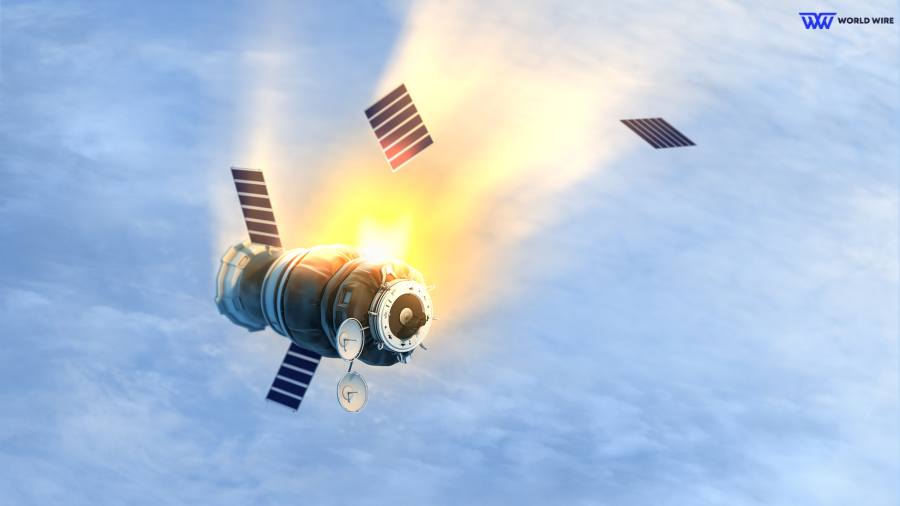
According to a few reports, some experts have predicted Starlink’s satellite could bring a collision threat. How? SpaceX has been continuously launching satellites in Earth’s lower orbit.
These satellites travel at a speed of 26600 km/h and are in continuous motion in space.
Many human-made objects and heavenly bodies already occupy space. Too many satellites can overcrowd space, and satellites in motion could collide with these objects.
If such a collision happens and falls on Earth, it can severely impact human lives.
Effect of Radio Waves
The other speculated impact of Starlink on humans is related to the radio waves used by Starlink satellites to communicate with your Starlink dish.
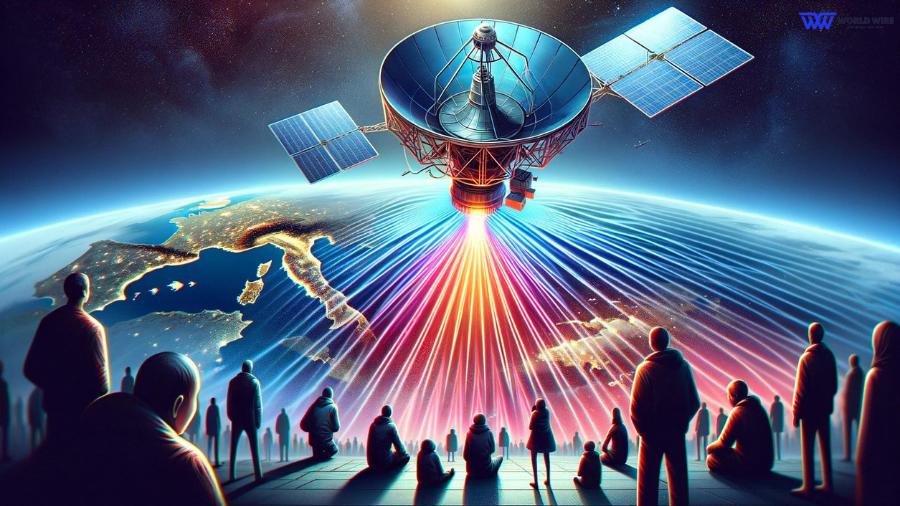
These radio waves, also known as electromagnetic radiation, are a form of energy that travels through space. With so many satellites in orbit, there is a greater chance of an increase in radio waves, which can damage human skin.
Cause of Light Pollution
The other estimated negative impact of these satellites is light pollution.
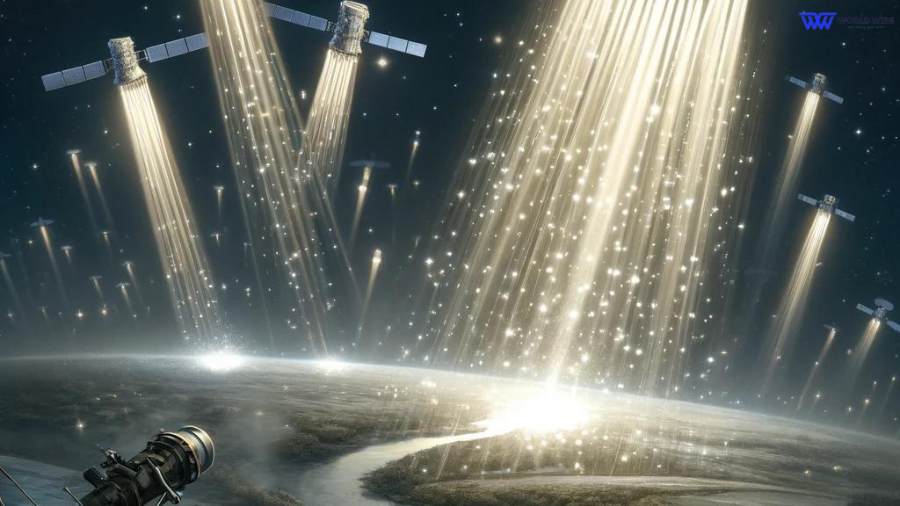
The reflection of sunlight from Starlink satellites can make the night sky brighter, making it harder to see stars, especially in areas with little light pollution.
This can be a problem for astronomers, who would find it difficult to locate the exact position of objects in space and data related to them.
Disruption of Astronomy
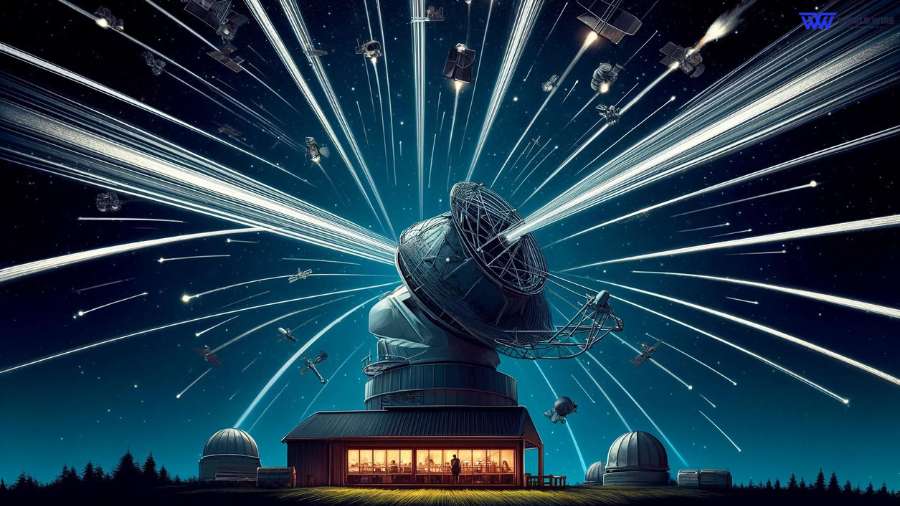
Space scientists study various objects in space. The radio waves from Starlink satellites can obstruct telescopes’ view, making it difficult for scientists to study faint objects in space.
Increase in Space Junk

Space junk, also known as space debris, is waste or debris accumulated in space after the functional parts of a human-made object, such as a satellite, expire.
Space junk can include pieces of spacecraft, rocket parts, and non-functional satellites.
An increasing number of satellites can cause space pollution and have several impacts on humans, like an increased chance of collision with other functional objects.
Threat to Climate
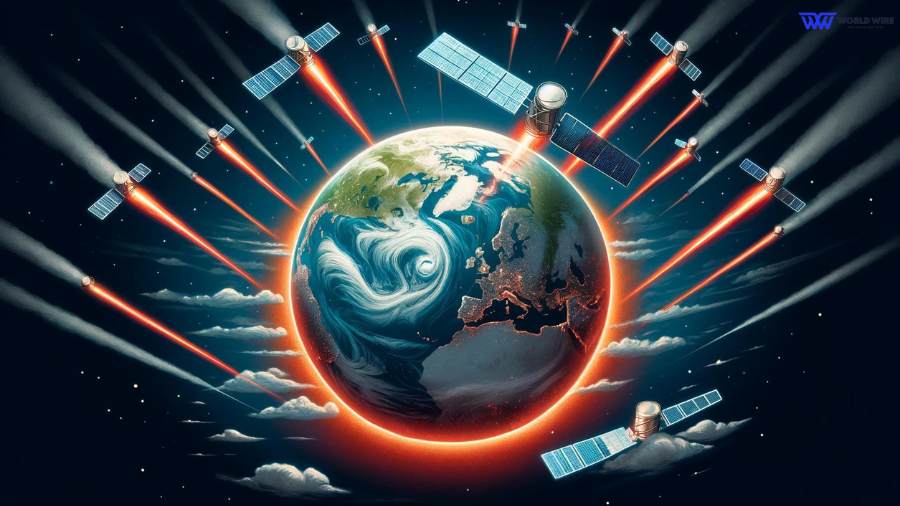
A high number of satellite launches can have negative impacts on Earth’s climate because launching satellites releases harmful chemicals like burning aluminum, which can impact the ozone layer and allow ultraviolet radiation to reach the Earth’s surface.
These are all areas of ongoing research and discussion about Starlink’s potential effects on humans and the environment.
It is important to note that SpaceX is working on ways to mitigate these effects, which should provide some reassurance.
Steps Taken By Starlink To Mitigate Harmful Effects
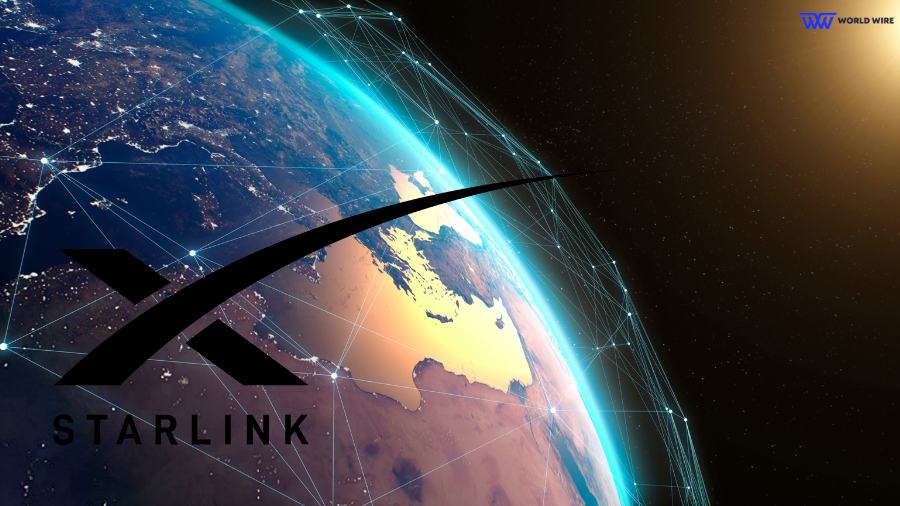
Launching satellites is crucial for many reasons, including scientific improvement and business operations. Satellites are the backbone of modern communication.
They provide signals for phone calls, internet access, and television broadcasts, enabling us to stay connected from anywhere. However, some remote locations still need to be recognized and need a reliable connection.
Recognizing this, SpaceX endeavored to extend internet services in unserved remote areas by providing satellite internet through the launch of satellites in its mega constellation, Starlink.
The company launched two test satellites in February 2018. Later, in May 2019, it launched its first 60 Starlink satellites into low-Earth orbit.
However, several reports illustrating the harmful effects of the Starlink satellite and after the International Astronomical Union focused on the impacts that communication satellites can have on astronomical observations have led SpaceX founder Elon Musk to take several mitigating steps since Starlink has faced concerns about its potential impact on humans, astronomy, and the night sky.
Here are some steps Starlink has taken to prevent its negative effects.
Visor Satellites
New versions of Starlink satellites deploy visors to block sunlight reflecting off parts of the spacecraft, making them fainter to observers on Earth.
Use of dark paint
SpaceX has begun using dark-coated satellites to reduce brightness and minimize light reflection.
Orbit adjustments
Starlink satellites are designed in such a way that they can adjust their orbits to avoid close encounters with astronomical observatories, minimizing disruption during observations.
Designed for deorbiting
Starlink satellites are designed to deorbit, a process of controlled descent from orbit, on failure, and burn up in the atmosphere, minimizing debris creation.
Autonomous collision avoidance
Starlink satellites are equipped with AI software that guides them in moving in space and avoiding collisions with other objects.
This software minimizes the risk of collision.
However, this measure has a low success rate because if the software is affected by space weather and becomes offline, the movement of Starlink satellites will not be guided, and there will still be a risk of collision.
It is critical to note that the effectiveness of these mitigation strategies is still debated within the astronomical community.
Some astronomers have positive feedback regarding these developments, while others remain concerned about the number of satellites planned for the Starlink constellation.
Is Starlink Safer Than 5G?
Starlink and 5G are safe to use because both use radio waves, a form of non-ionizing radiation that carries less energy than visible light.
Scientific research shows that non-ionizing radiation does not cause any significant health risk at or below the radio frequency exposure limits set by the FCC.
Here is a comparison of some useful aspects of Starlink and 5G.
Security
5G has built-in encryption and security features, while Starlink relies on user-added security measures like VPNs. Both have similar intrusion-prevention capabilities, but 5G is better for security-sensitive applications.
Signal interference
Starlink signals can be affected by weather and obstructions, while 5G generally offers a more consistent signal.
Overall, Starlink and 5G are almost similar in terms of safety, and safety is not a major factor to consider when choosing between them.
In fact, it is more about coverage, speed, and cost. Let’s check these things for Starlink and 5G.
- Coverage: Starlink’s coverage is good in remote areas with clear skies, while 5G is preferable in urban areas with established networks.
- Speed: 5G offers generally faster speeds than Starlink. Starlink offers a maximum download speed of 114 Mbps, while 5G can provide speeds up to 20 Gbps.
- Cost: You will find Starlink’s monthly cost generally higher than 5G.
Is Starlink Dangerous To Humans? World Wire Decision
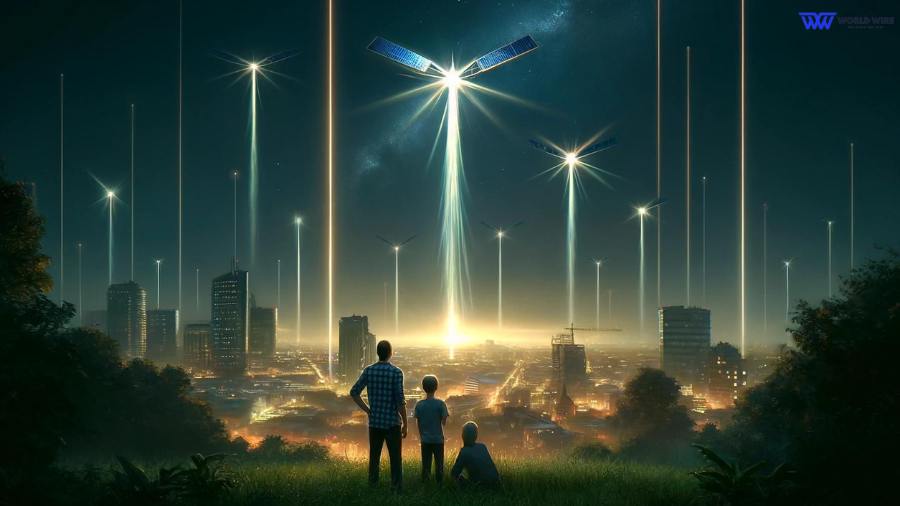
The danger posed by Starlink to humans is a serious issue that has been the subject of ongoing research and debate.
As the number of Starlink satellites in lower Earth orbit increases, concerns about its harmful effects on humans and the environment are rising.
These satellites can cause collisions and create debris that can endanger future spacecraft and harm people on Earth if they enter the atmosphere.
Also, Starlink satellites can interfere with astronomical observations due to their brightness and radio emissions.
While SpaceX has made efforts to minimize the risk and reduce Starlink’s effect, its potential impacts cannot be ignored.
Research to determine the severity of these risks is still ongoing. SpaceX argues that its satellites are designed to deorbit safely, and the risk of harmful effects is minimal.
However, some astronomers and space experts have raised concerns about the long-term impact of Starlink.
In conclusion, even if the risk is minimal currently, it needs to be evaluated properly so that preventive measures can be effectively framed so that these satellites do not threaten Earth, the atmosphere, and humans in the future.
FAQs: Is Starlink Dangerous to Humans?
Are Starlink satellites safe for humans?
The company claims Starlink satellites are totally safe. However, space experts have predicted some potential harmful impacts these satellites can have in the future.
These include collisions with other space objects or aircraft, impacts on astronomical data, and an increase in space debris.
Can Starlink satellites cause physical harm from collisions?
While Starlink satellites are unlikely to cause direct physical harm to people on the ground, there are concerns about their impact in space and on Earth.
With a large number of Starlink satellites in orbit, the chance of collisions between spacecraft increases, as does the risk of space debris entering the Earth’s atmosphere.
Do Starlink satellites affect astronomical observations?
Yes, Starlink satellites can affect astronomical observations in many ways.
The large number of Starlink satellites passing through the night sky can streak through telescope views, ruining images or affecting data collected during long exposures.
Radio waves emitted by the electronics on the Starlink satellites can interfere with radio telescopes, affecting telescopic data at radio wavelengths.
The immense reflection from the Starlink satellite also alters astronomical observations.
Is there a risk of Starlink satellites falling to Earth?
SpaceX claims their Starlink satellites are designed for deorbiting within five years of deployment due to atmospheric pressure.
Additionally, they are built to be “fully demisable,” meaning they should burn up completely during re-entry, posing minimal risk from debris.
However, some space agencies and organizations have raised concerns.
For instance, the Federal Aviation Administration (FAA) estimates that Starlink debris could cause injury or fatality every two years by 2035.
How does Starlink impact global internet access?
Starlink has played a crucial role in bridging the digital gap within the country’s remote locations.
Traditional internet infrastructures are often insufficient to reach remote and underserved areas due to the cost of laying cables.
Starlink satellites have overcome this limitation, offering high-speed internet access to these previously unserved regions.
This can bring educational opportunities, healthcare access, and communication channels to those who lacked them earlier.
Also, Starlink provides faster download and upload speeds than other satellite internet services.
This makes Starlink preferable for real-time applications like video conferencing and online gaming, which are not possible with some satellite internet.
Further, Starlink offers global coverage, which is particularly beneficial in disaster zones where other internet networks might not work.
For More Articles on Starlink, visit our website World-Wire.
Enter your email to stay updated with offers
If you can’t see the form above, click here to open the form.





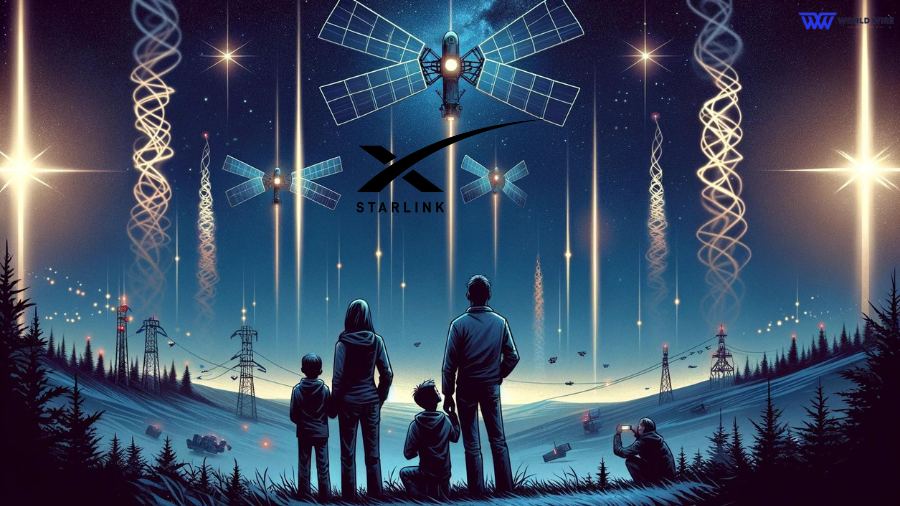

Add Comment